Thank you for joining the Ueno Park tour on February 21. We welcomed four people from Germany, Canada and Netherlands. Although it was a little cold and rainy all day, I hope you enjoyed walking with us. As you may know, Ueno Park is one of the best cherry blossom spots in Tokyo. There are about 800 cherry trees in the park and they are estimated to start to bloom on or around March 19. The following 7 to 10 days may be the best time to see them. Photos taken during the tour are posted.
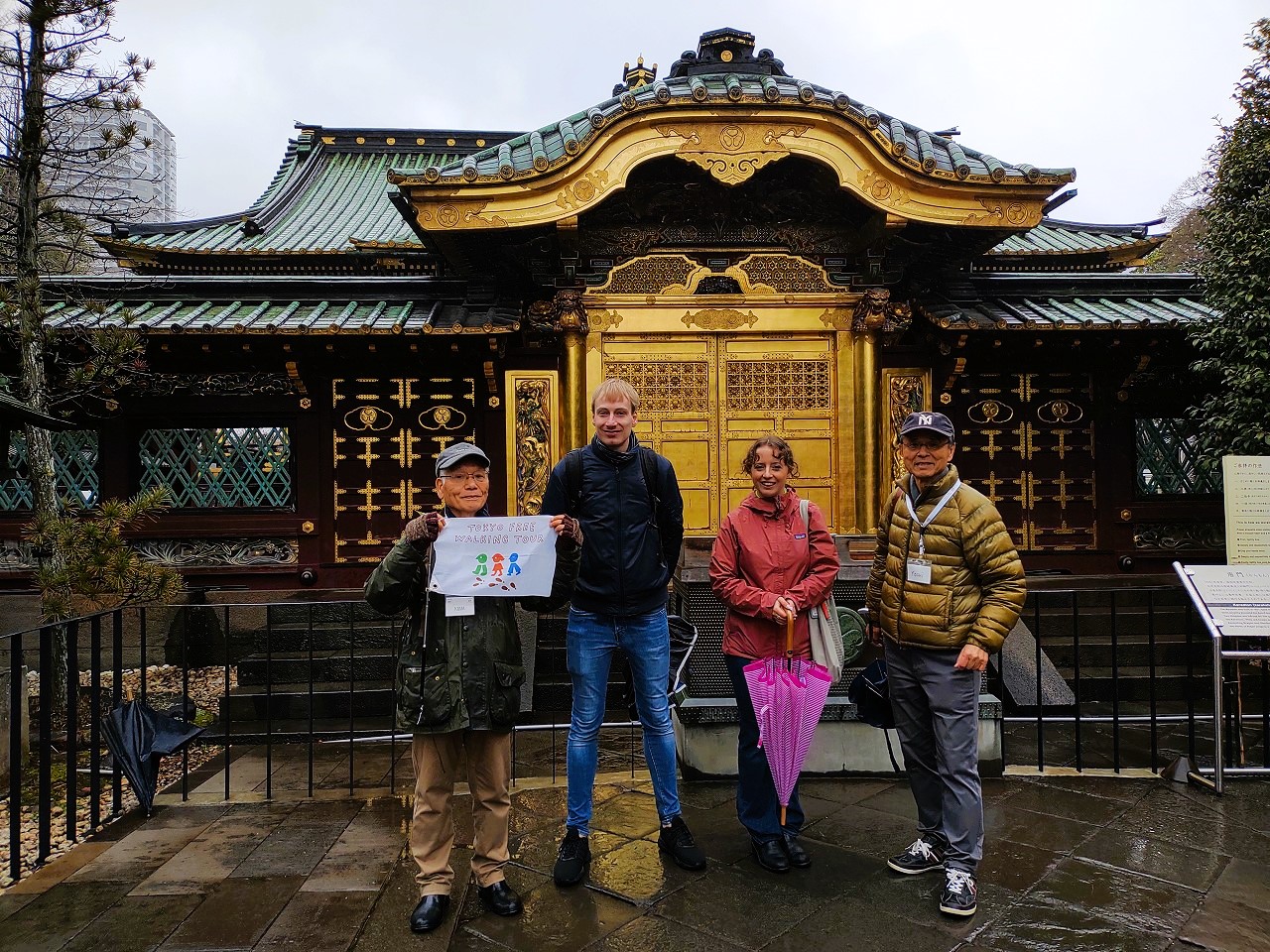
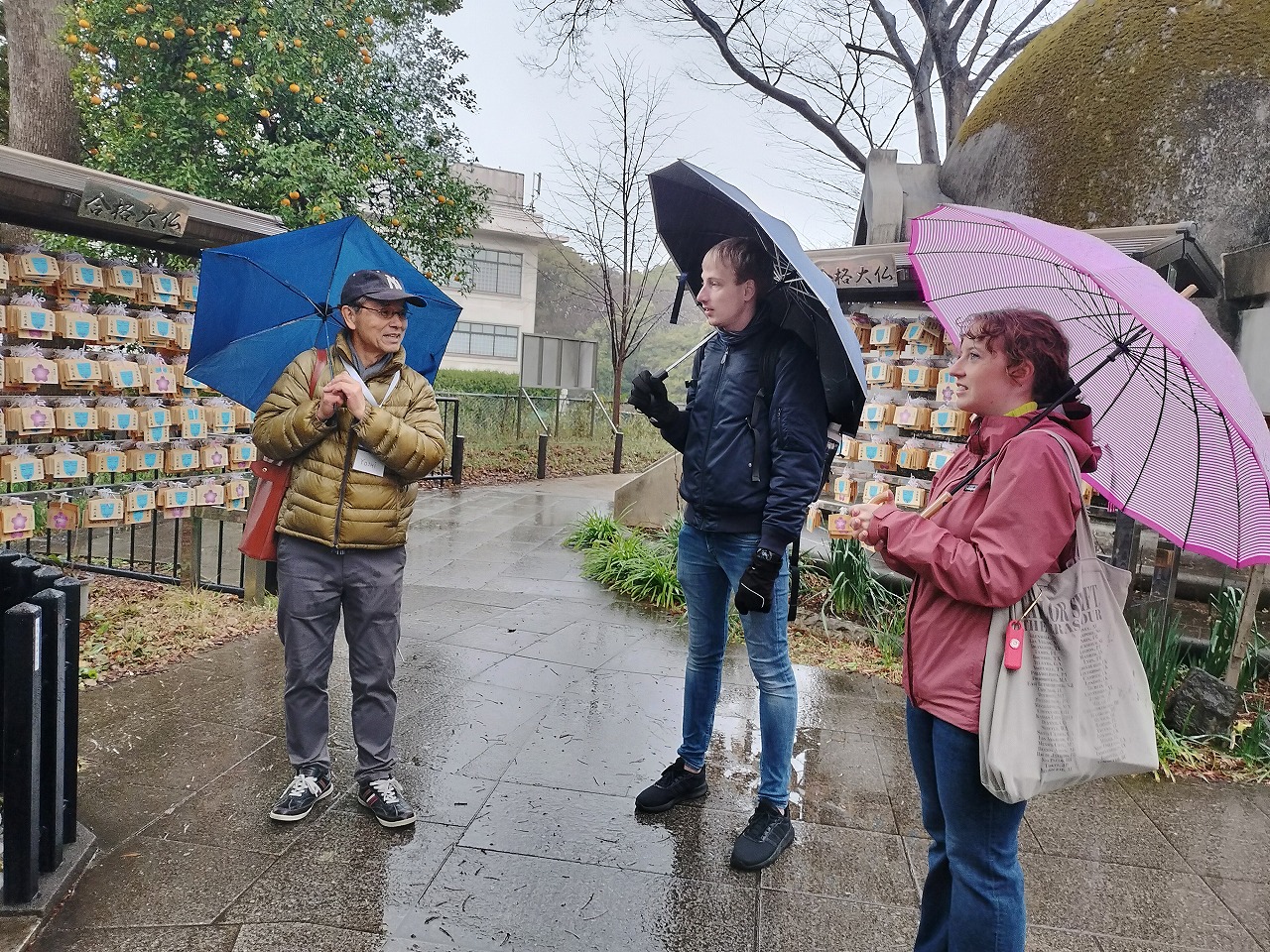
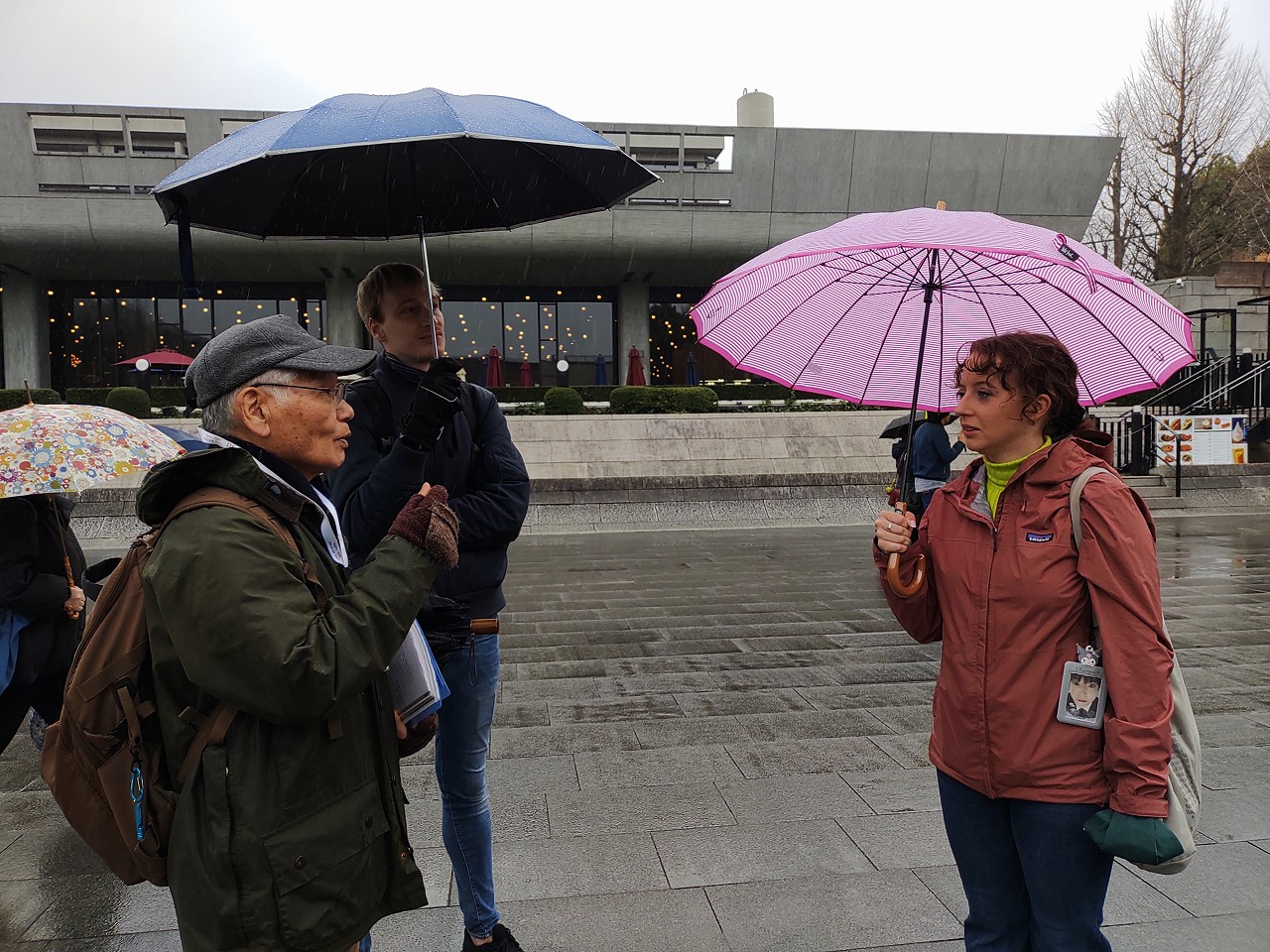
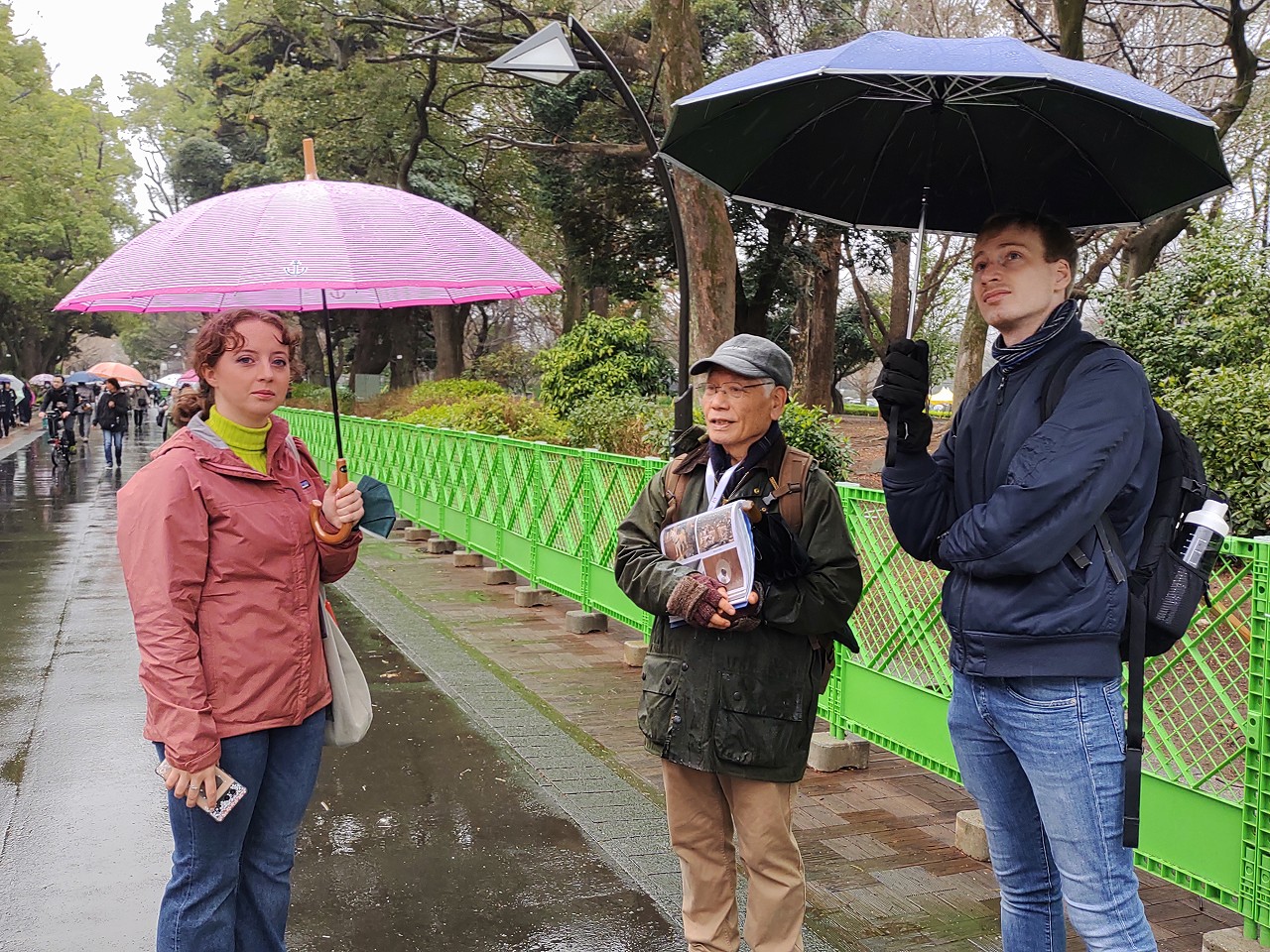
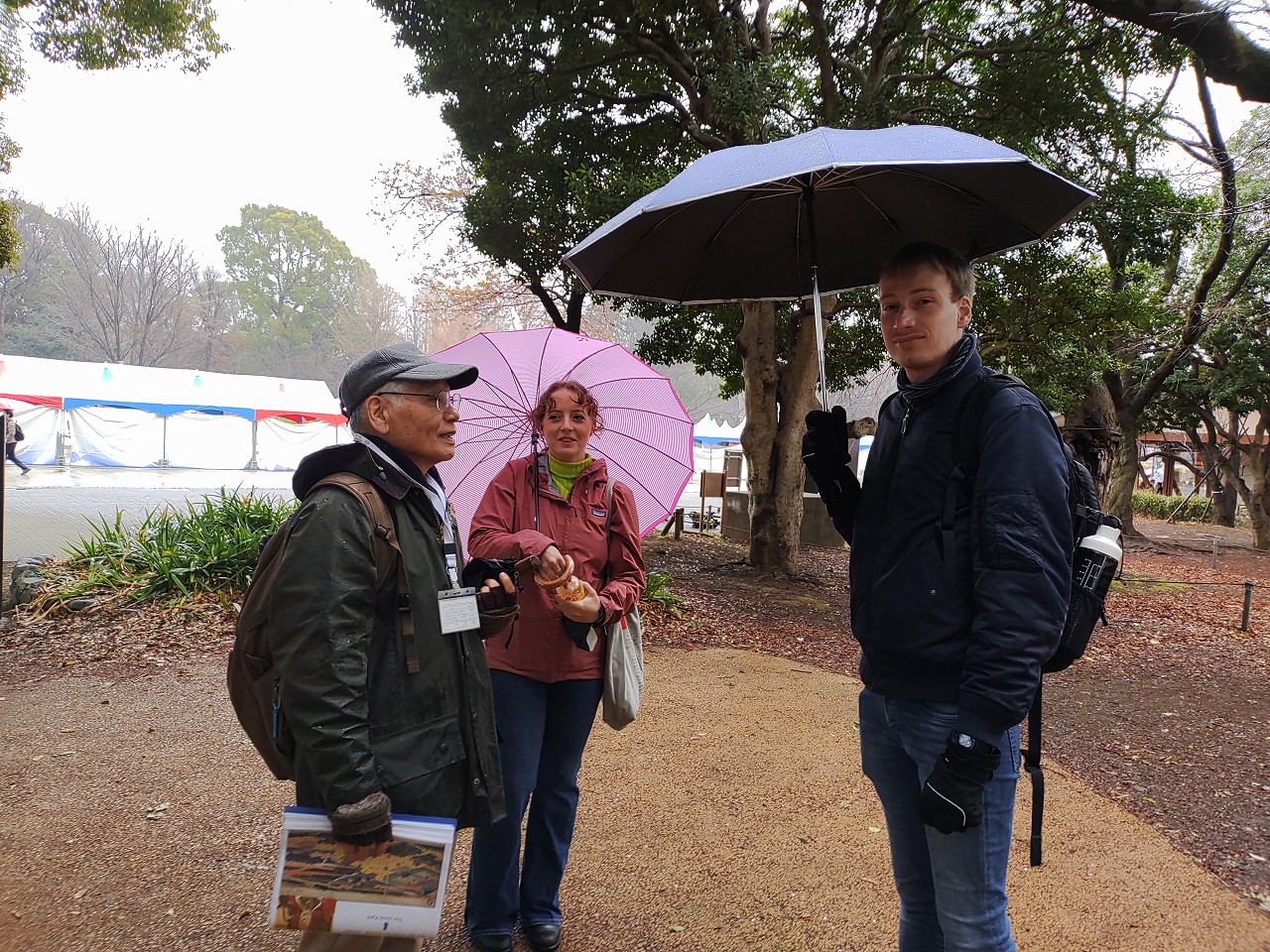

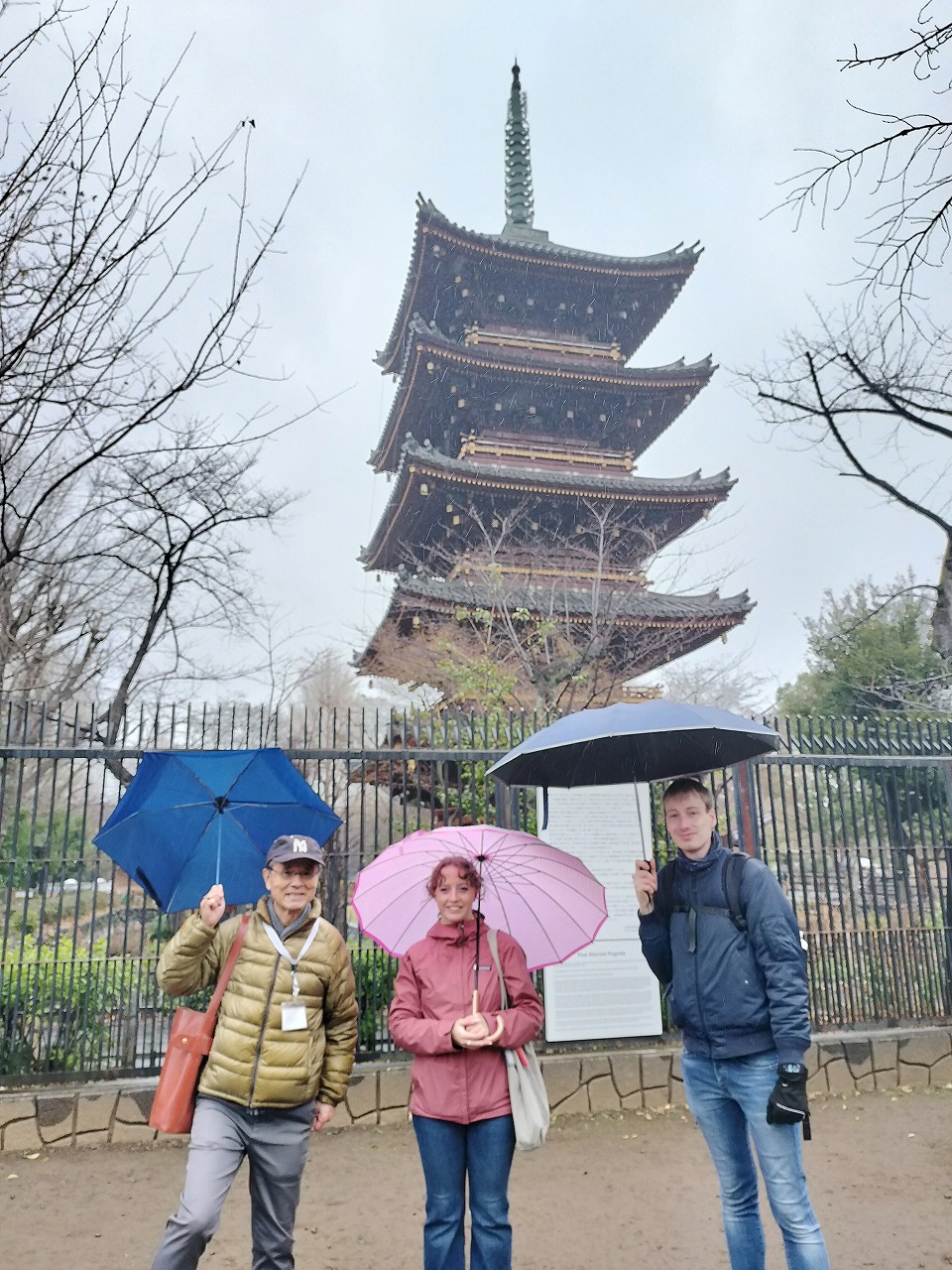



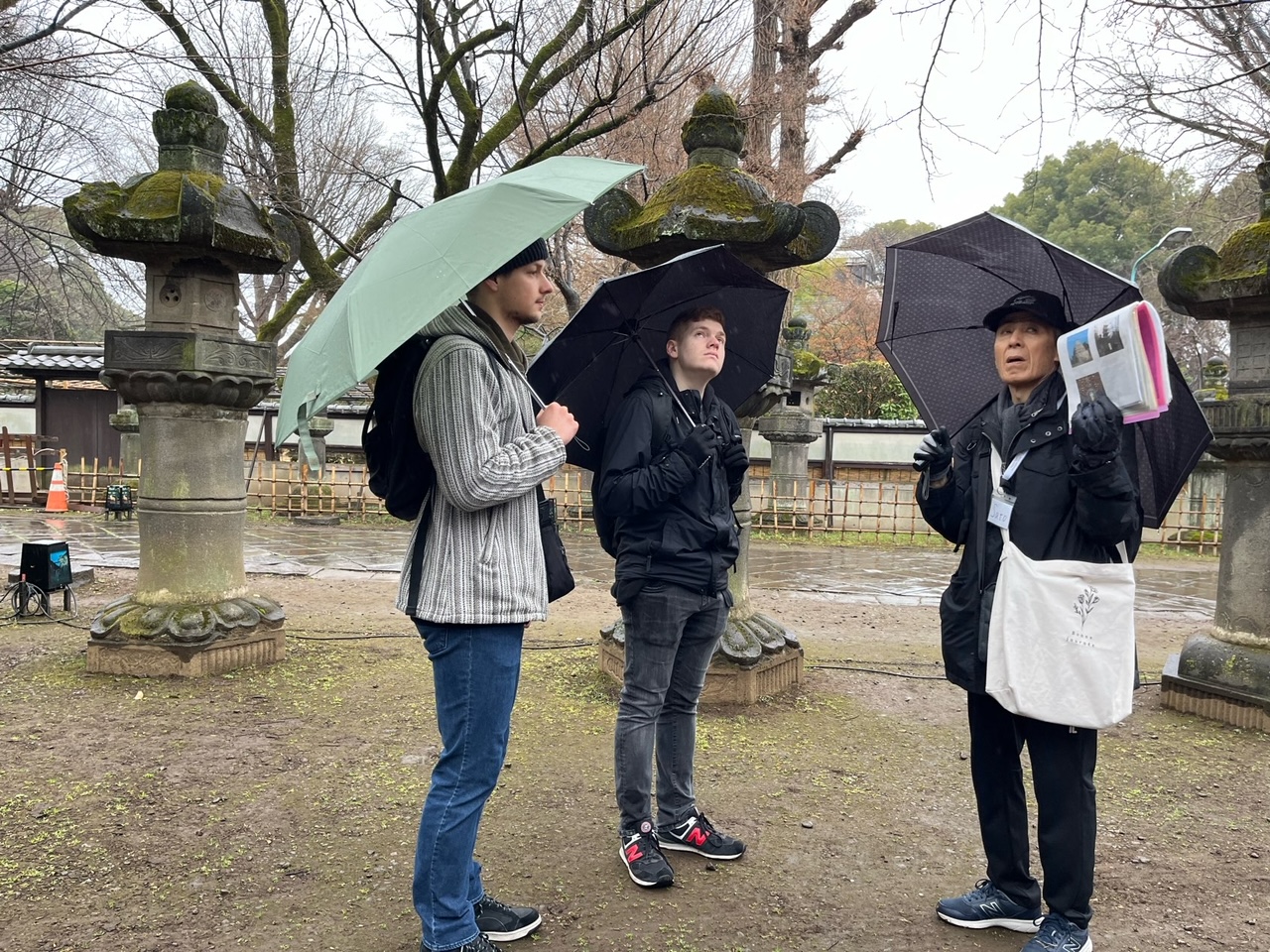
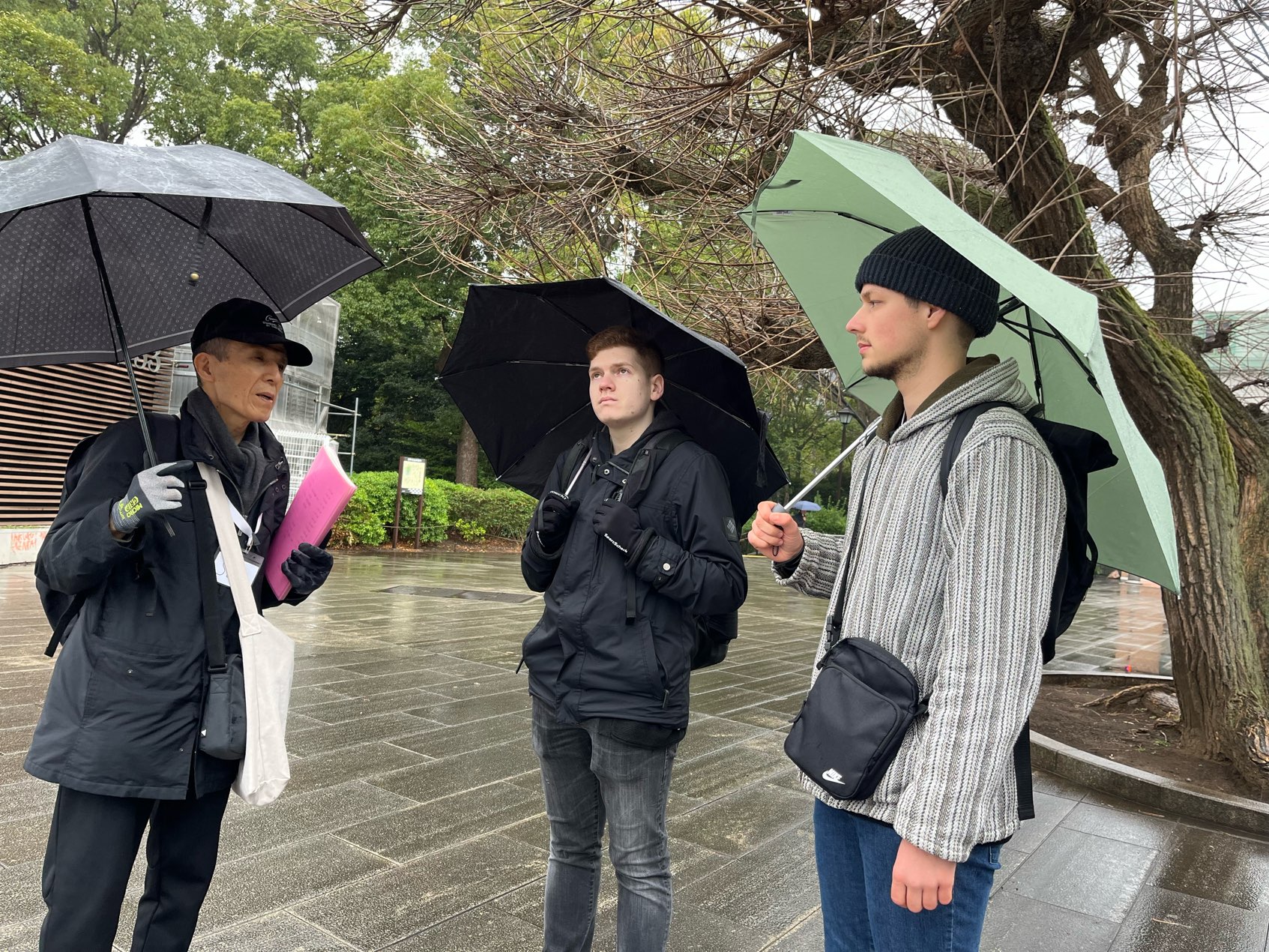
As we referred during the tour, the two special exhibitions are currently underway at Tokyo National Museum, Japan’s oldest and largest museum in Ueno Park.
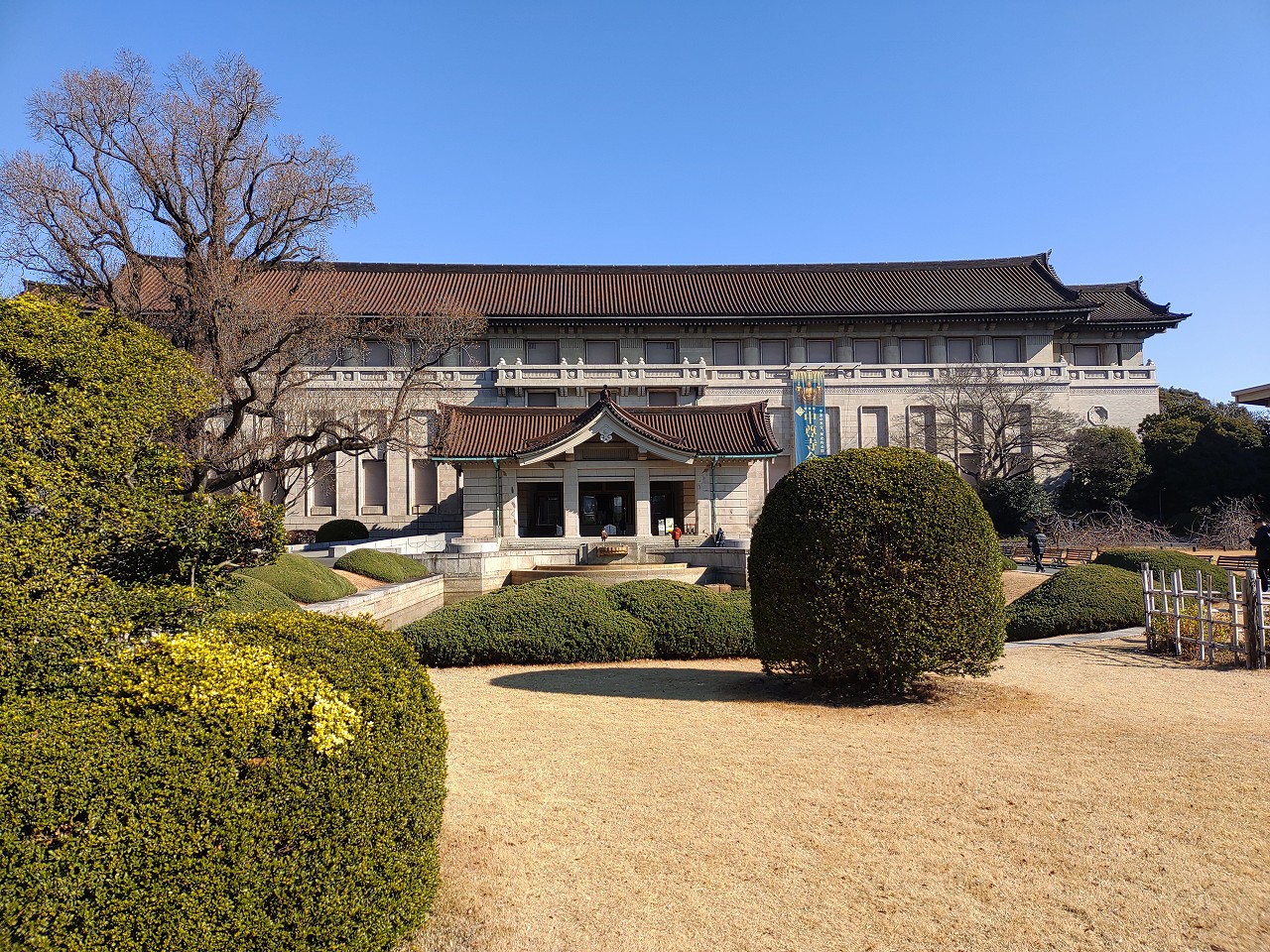
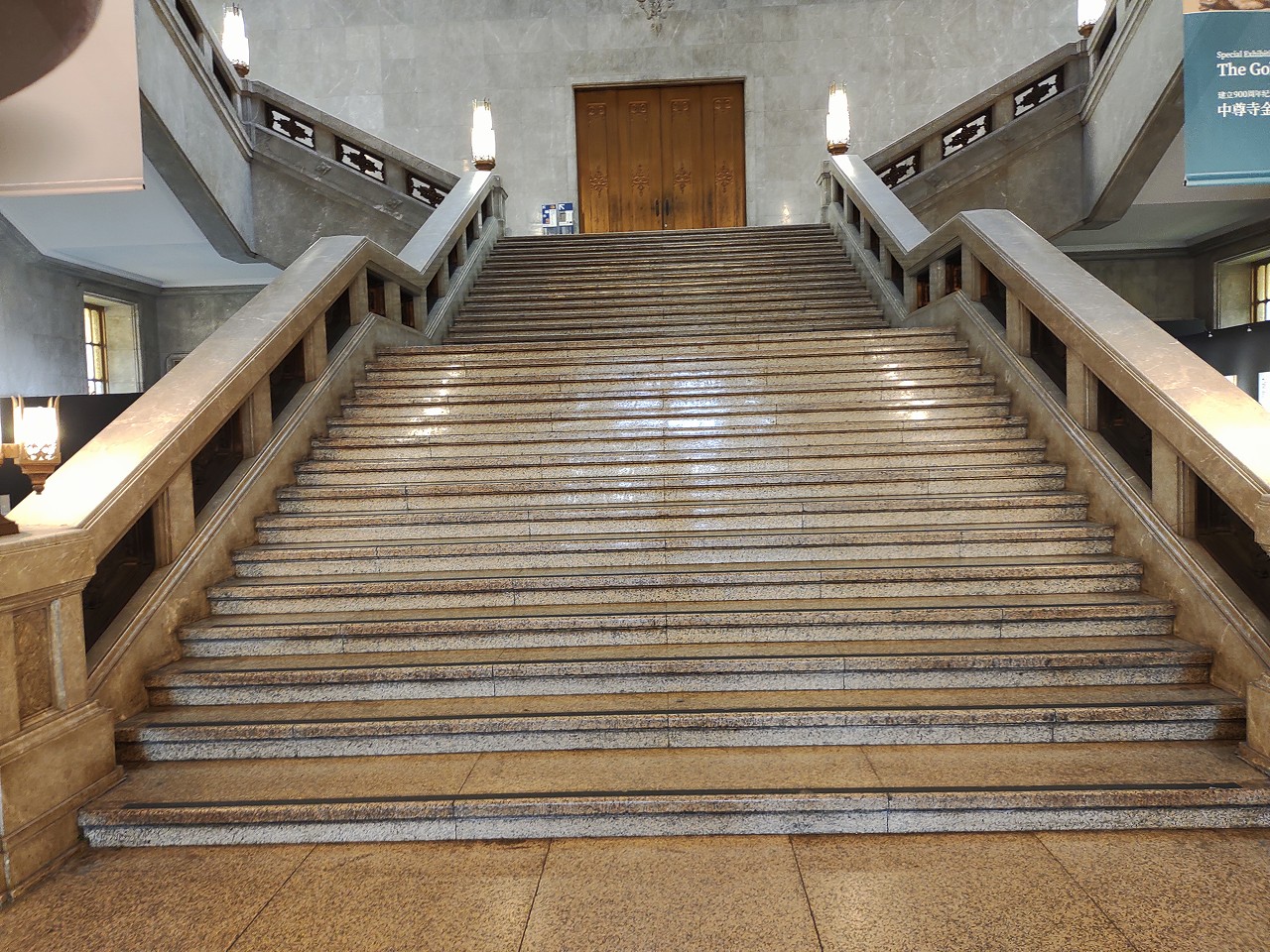
Hon’ami Koetsu(1558-1637) is one of the great multi-talented artists in the beginning of the Edo period. The exhibition specializes in Koetsu’s works and you may be able to see the six national treasures represented by Writing Box with a Pontoon Bridge and many other awesome artifacts.
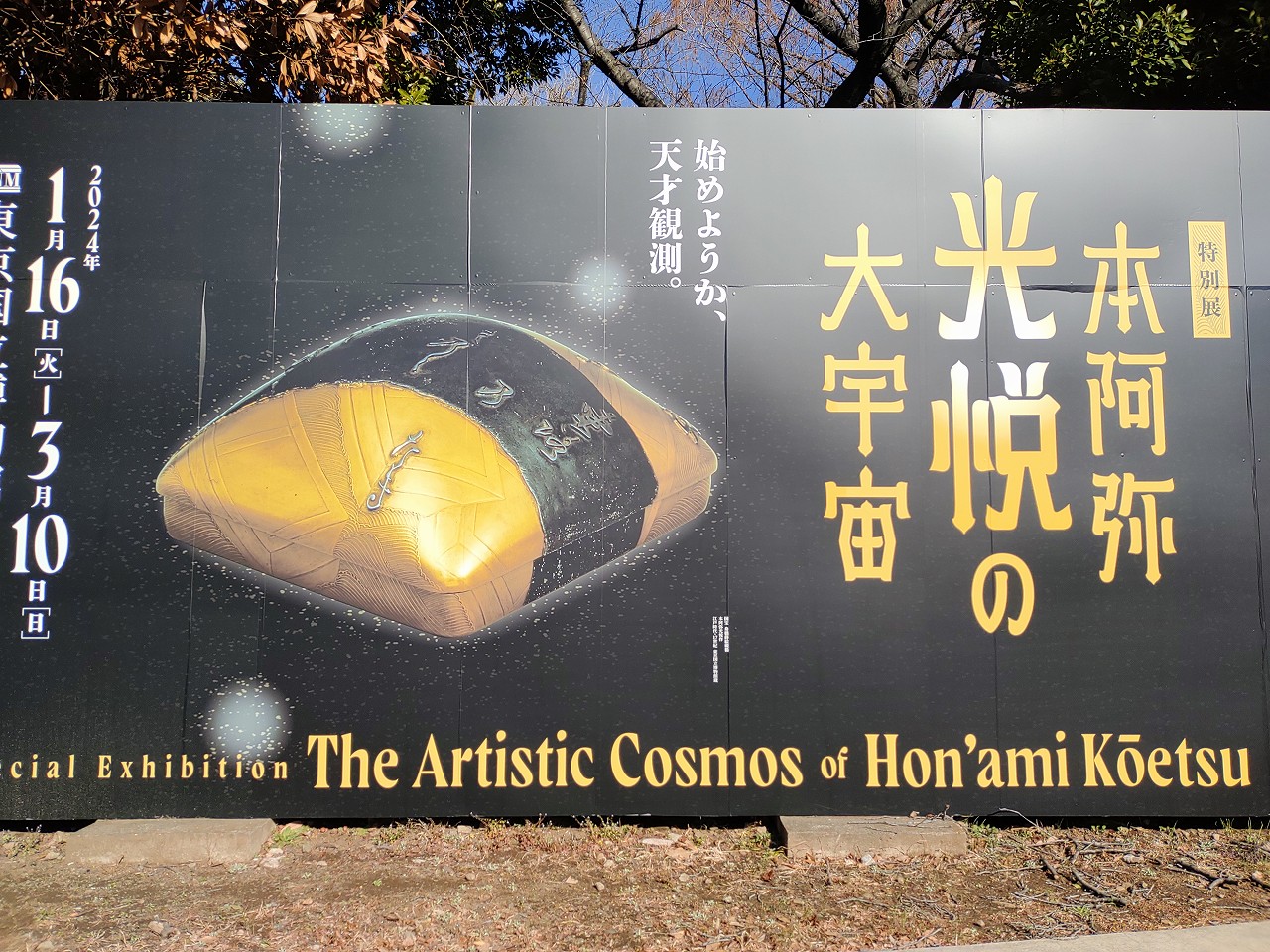
Koetsu developed his own style in wide range of fields: calligraphy, lacquerware, tea bowls, paintings, and decorative arts. His works had a significant impact on Japanese culture. He established a reputation for a pioneer of a major school of art called ‘Rinpa’ during the Edo period. Rinpa is considered to have influenced the European art which derived Japonisme and the Art Nouveau movement in the late 19th century to the early 20th century.
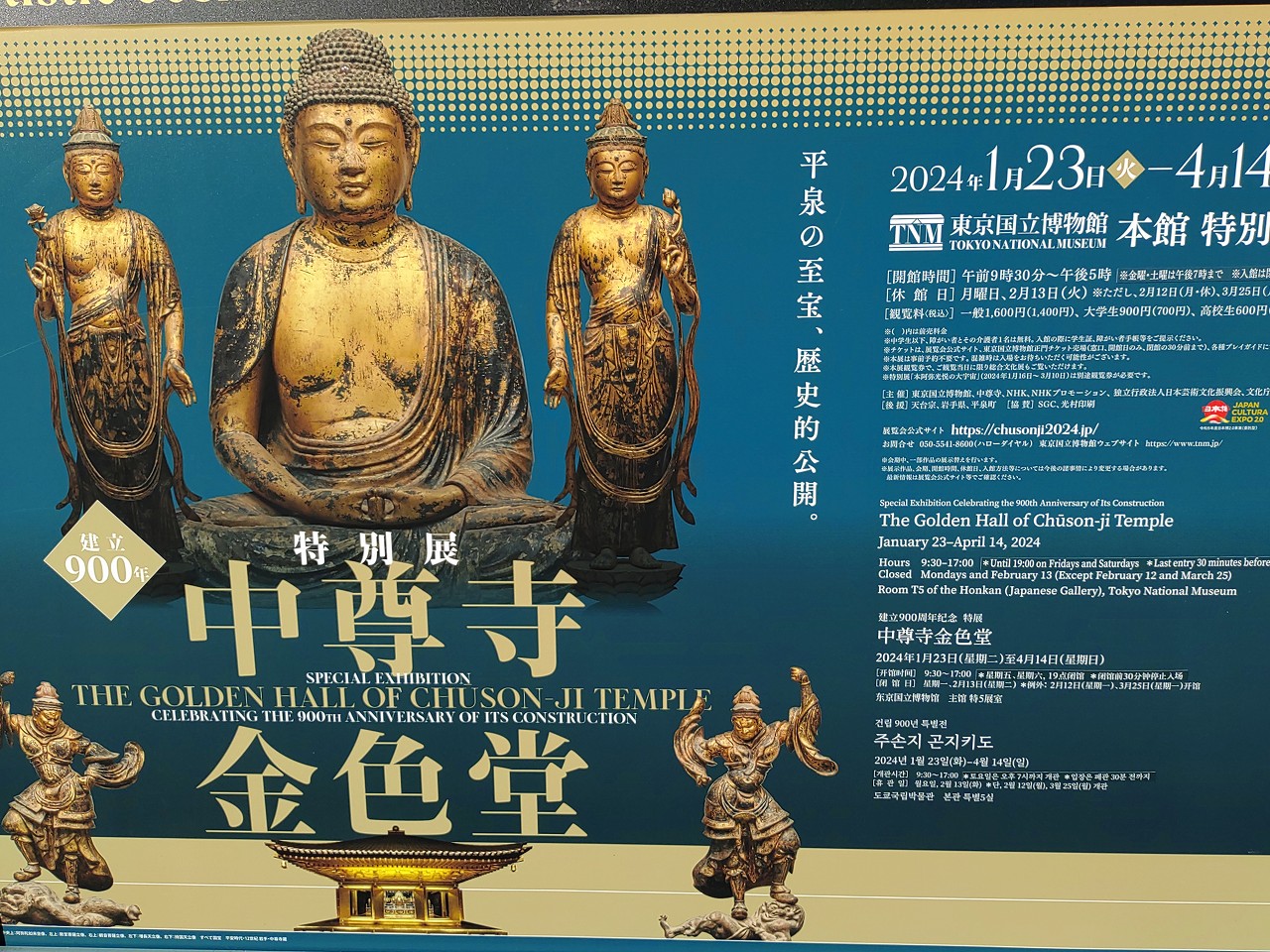
The Golden Hall of Chusonji Temple is a Buddhist temple in Hiraizumi, Iwate prefecture, the northeastern Japan which was built in 1124 toward the end of the Heian period (794-1185). The special exhibition is to celebrate the 900th anniversary of its construction. Visitors can admire the eleven Buddhist statues covered in gold represented by the Buddha Amida. These invaluable statues are all designated as national treasures. Also, many splendid examples of elaborate arts are displayed. All of these artworks are preserved at the Golden Hall of Hiraizumi, a UNESCO World Heritage Property.
In the beginning of the 12th century, Tohoku, the northeastern area was controlled by the northern Fujiware Family based in Hiraizumi and greatly flourished for about 100 years. They introduced the Buddhist culture to stabilize the region and brought highest grade art all the way from Kyoto to the farthest frontier.
The former exhibition is held from January16 until March 10. The latter is exhibited from January 23 until April 14. They are open from 9:30am to 5pm. Monday is closed. Admission fee is 2,100 yen and 1,600 yen respectively. Reservation is not required. You can enjoy viewing the regular exhibition without an additional ticket if you see either of the above exhibitions. It’s once-in-a-lifetime opportunity for you to see the priceless treasures of Japan.
Again, we sincerely appreciate your participation in our tour and look forward to seeing you some other time.
(Posted by Yoshi)

